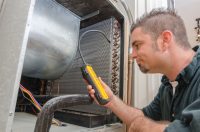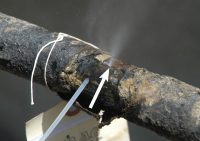Bike to Work and Other Commuting Incentives—Can It Pay Off for You?
Employer Trip Reduction (ETR) Under the 1990 Clean Air Act Amendments, states that have areas designated as extreme or severe nonattainment for ozone were required to revise their state implementation plan (SIP) by adopting regulations to implement ETR programs and reduce work-related vehicle trips and miles traveled by employees. In 1995, Congress amended the law, […]










